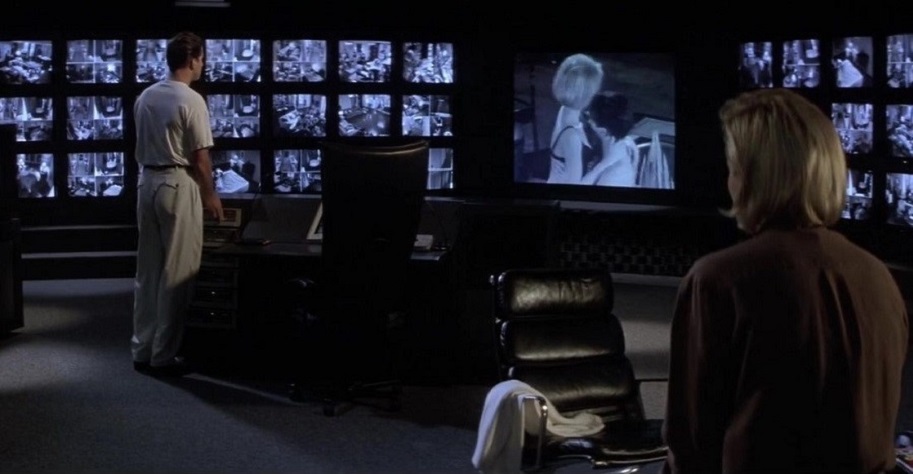The VLC Sync Video Looper is a Python-based solution for synchronizing and looping videos across multiple devices using VLC Media Player and vlcsync. This project is ideal for creating synchronized video displays, such as multi-screen installations or video walls.
The script can operate in two modes:
- Controller Mode: Controls playback, synchronization across all connected worker devices and plays videos in sync.
- Worker Mode: Receives commands from the controller and plays videos in sync.
The script is installed as a systemd service, ensuring it starts automatically on boot.
- Multi-Device Synchronization: Synchronize video playback across multiple devices using VLC's remote control interface.
- Automatic Startup: The script runs as a systemd service, starting automatically when the device boots.
- Flexible Configuration: Easily configure controller and worker devices using a simple configuration file.
- Looping Playback: Videos are looped seamlessly for continuous playback.
- Easy Video Management: Videos and the configuration file are stored in
/media/videos, making it simple to update or adjust the setup.
To install the VLC Sync Video Looper, run the following command:
bash -c "$(curl -fsSL https://raw.githubusercontent.com/dreerr/vlc_sync_video_looper/main/install.sh)"This command will:
- Install all required dependencies (Python, VLC, pip, git, etc.).
- Clone the repository to
/opt/vlc_sync_video_looper. - Set up a Python virtual environment and install the necessary Python libraries.
- Create a systemd service to automatically start the script on boot.
The script uses a configuration file (video_looper.conf) to define its behavior. The file should be placed in /media/videos along with the video file.
# Mode of operation: "controller" or "worker"
MODE=controller
# Comma-separated list of worker devices with their IP addresses and RC ports
WORKERS=192.168.1.101:12345,192.168.1.102:12345
# Additional VLC flags (optional)
# Example: --no-audio --video-on-top
VLC_FLAGS=--no-audioMODE: Set tocontrollerfor the controlling device orworkerfor devices receiving commands.WORKERS: A list of worker devices (IP:port) that the controller will control.VLC_FLAGS: Optional additional flags to pass to VLC (e.g.,--no-audio,--video-on-top).
- Video File: Place a single
.mp4video file in the/media/videosdirectory. The script will automatically loop this file. - Configuration File: The
video_looper.conffile should also be placed in/media/videos.
For Raspberry Pi installations, you can create an additional exFAT partition on the SD card to store videos and the configuration file. This allows you to easily update the videos and configuration by inserting the SD card into a Mac or PC.
-
Format the Partition:
- Use a partitioning tool (e.g.,
gparted) to create an exFAT partition on the SD card. - Mount the partition to
/media/videos.
- Use a partitioning tool (e.g.,
-
Mount Automatically:
- Add an entry to
/etc/fstabto ensure the partition is mounted to/media/videoson boot:/dev/sdX1 /media/videos exfat defaults 0 0
- Add an entry to
-
Service not starting: Check the logs using:
sudo journalctl -u vlc_sync_video_looper.service
-
Workers not reachable: Ensure the IP addresses and ports in the configuration file are correct and that the devices are on the same network.
